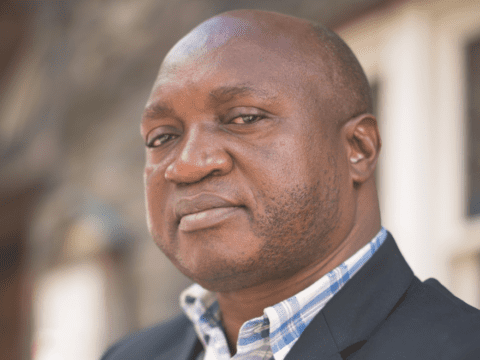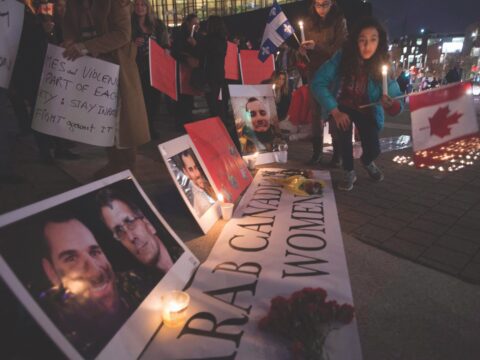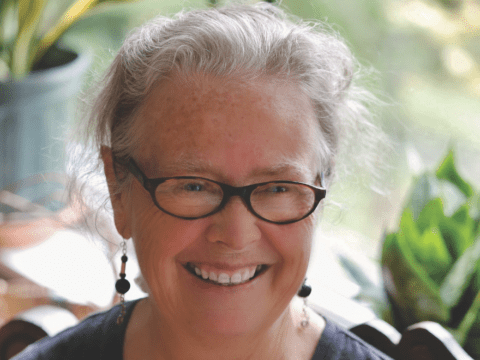In June 2010, Mahir Mostic of St. Catharines, Ont., paid $30,000 for a vein-opening procedure in Costa Rica that he hoped would reverse the multiple sclerosis that had left him in a wheelchair. Italian doctor Paolo Zamboni’s controversial “liberation therapy” for MS had entered the public spotlight only a year earlier. Since then, patients had begun travelling to other countries for the experimental procedure, which is not approved by provincial health-care plans in Canada. Many returned reporting dramatic improvements in their symptoms. Mostic wasn’t one of them.
A blood clot formed around the stent that was inserted into Mostic’s neck vein. He scraped together another $8,000 to return to Costa Rica after having difficulty finding a specialist in Canada. The 35-year-old died in hospital there after doctors tried to dissolve the clot using medications that may have triggered internal bleeding.
Mostic was one of a growing number of Canadians engaging in medical tourism, an estimated $40-billion global industry that has patients skipping Canadian wait lists for necessary and elective medical procedures in countries like India, Cuba, Mexico, Poland, Hungary, South Africa and Thailand. Some travellers even go abroad for illegal interventions such as commercial kidney transplants.
Critics say medical tourism promotes a two-tiered system that favours those who can afford to pay for out-of-country care. Others question why Canadian tax dollars should cover any post-operative complications when patients return. “Medical tourism can substantially increase costs for a publicly funded system, and Canadian citizens can end up having to subsidize what may be the unreasonable choices of those who have gone abroad for care,” says Leigh Turner, associate professor in the Center for Bioethics at the University of Minnesota and co-editor of Risks and Challenges in Medical Tourism: Understanding the Global Market for Health Sciences.
There’s also concern that for-profit private facilities with better work environments divert medical staff from serving the local community. “There’s a brain drain that can occur,” says Turner, who points to India as an example. The country actively promotes medical tourism in the hope that incoming revenue will have a trickle-down effect. “But what if instead of benefiting the larger population and bringing in money, what you get is socio-economic polarization where elite facilities and medical care are only available to the international population?” he asks.
These thorny issues may seem pie-in-the-sky for Canadians who are stuck on long wait lists for operations or living with chronic pain or disease. Just ask Paula Brown, a 52-year-old Chatham, Ont., mother who has had MS for 18 years. She struggled with numbness and weakness throughout her body, balance issues and a continual “fog in her brain.” Drugs didn’t help — the beta interferon shots made her sick. So Brown took out a home-equity loan to pay for the $18,000 Zamboni treatment in a Mexican hospital. She knew there were risks, but she was willing to take them. “The medical staff didn’t speak English, and I tried to look up information online about the doctor who was doing the operation, but it was hard to find,” she says. “And I didn’t find out until after they were done that I was only the ninth person they had done the treatment on.” But the results were life-changing.
“Within 12 hours, the fog was gone, my head was clear, and it’s been that way ever since,” says Brown. “Some people didn’t understand why I would do this. But they aren’t inside my body and they don’t know what I was going through.”
Turner suspects that, contrary to popular belief, the vast majority of those seeking treatment overseas aren’t the super wealthy but average folks like Brown. “It’s a lot of middle-class Canadians,” he says.
Access to international medical care is being facilitated by a few dozen medical tourism companies across Canada. Turner notes that they fall into one of three categories: some operate much like a travel agency, organizing flights, lodging and transportation in addition to medical care. Others specialize in promoting cross-border care in the United States, especially speedy access to diagnostic procedures. And some focus exclusively on marketing a specific type of treatment, such as bariatric surgery for weight loss or liberation therapy for MS. Many of these businesses have proven to be fly-by-night — about 25 have closed up shop over the past few years in Canada.
“To become a broker, all you need to do is set up a website. There’s no accreditation and no oversight,” says Jeremy Snyder, an assistant professor at B.C.’s Simon Fraser University who helps run the school’s Medical Tourism Research Group. “Some of the websites make questionable claims about success rates, or they don’t mention health and safety risks. On the other hand, some are run by doctors with medical training.”
Not everyone uses a broker to access care. When Marianne Barta* decided she wanted a tummy tuck and breast lift, she balked at the $16,000 it was going to cost her in Canada. She instead booked a two-week holiday in Bogota, Colombia, with a friend who arranged to have implants put in his cheeks and chin.
Barta met three doctors face to face and decided to trust her instincts when making her selection. “One promised me a washboard stomach, but there was a six-month recovery period. Another doctor had sort of a blah personality,” says the 48-year-old fitness instructor. She eventually settled on Dr. Carlos Gross. He charged $4,000 for his services, and Barta spent 12 days recuperating in a Bogota hospital with the help of a nurse she hired for $10 a day.
Barta’s surgery went off without a hitch, but one of the implants in her friend’s face started coming loose from the inside of his mouth a few months after he got home. “He called his doctor in Colombia, who told him that was one of the risks with that kind of surgery. It was going to cost him $3,000 for a plastic surgeon in Canada to fix it. He decided to just leave it — it doesn’t look that bad,” observes Barta, who says she has no regrets. “I’d do it again,” she says. “I’d never pay the prices charged in Canada.”
It appears there are plenty of Canadians like Barta who are prepared to incur potential health risks in order to save money or speed up their access to treatment. And Canadians seem to be generally warming to the idea of out-of-country health care. In Deloitte’s 2009 survey of Canadian health-care consumers, about 60 percent of respondents said they would be willing to travel to another country for medical procedures if their insurance picked up the bill. A smaller number, 20 percent, would still be willing to go if the cost was on them. And while that may anger some who think our system shouldn’t pay for potential problems that arise when patients come home, Snyder questions whether these people should be treated any differently than others who suffer the health consequences of risk-taking behaviours such as smoking or skiing.
There’s no stopping medical tourism, but more can be done to help patients make informed choices, says Snyder. “What we really need are guidelines for people who are considering this.” This could include greater regulation of health tourism agencies, comprehensive studies on the risks and benefits of health tourism, and advice on how to check the credentials of medical staff or the health and safety standards of a particular clinic or hospital.
“Some of these places will put on a big show that they are wearing gloves and that their medicine is sealed. That can be reassuring, but patients are often operating on trust,” says Snyder. “They are putting their life in another person’s hands.”
***
This story first appeared in The United Church Observer’s November 2012 issue with the title “Have ailment, will travel.”















